A good part of financial success is setting up systems that will ensure success.
Something simple you can do is automate a few key things. Automating your finances is one of those systems that will help you be successful. Here are some examples:
- Have your paycheck direct deposited
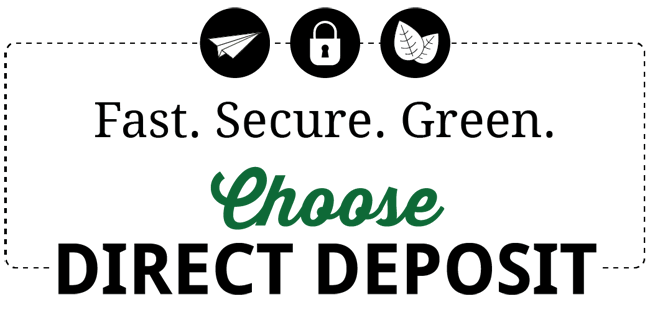
Many employers default to direct deposit – you have to put in a special request to get a paper check. Direct deposit is generally available in your account the same day the deposit is made and it costs less in time for both you and your employer. If your employer doesn’t offer this service, encourage them to set it up. With many accounting software packages, such as QuickBooks, direct deposit is included as a free add-on.
- Set up as many of your bills as possible on automatic bill pay
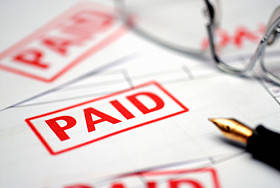
There are two ways to do this – either set up the bill to get paid directly out of your account each month (generally charged to a credit or debit card) or you can pay through your bank’s online bill pay.We pay all of our regular monthly bills, such as the electric and gas bill, Netflix, our mortgage and others by having the payment charged to our debit card. It pulls out the same amount each month, and I can set it up once and forget it. It also ensures that we will never be late on these payments and get hit with a late fee.
For other payments that don’t have this feature I pay them through our bank’s bill-pay system. Our children attend a local children’s choir, for example, and they don’t offer direct bill pay, so I log in to my bank when I get the bill and send the payment off. You don’t even have to pay for postage if you use this method!
- Have a set amount (ideally 10%) transfer from checking to savings when your paycheck is deposited.

You can either have your bank do this automatically or if your bank doesn’t offer this service, you can often have your paycheck split into several accounts. My employer, for example, will allow me to put different percentages of my paycheck into different accounts. By doing this you are “paying yourself first.” Jim Rohn once said that poor people spend their money and save what’s left, while rich people save their money then spend what’s left. Make the savings portion automatic, then spend what you have left.[1]
These three simple tips can help ensure your success with your finances. Choose one you aren’t currently doing and get it set up today.
[1] This does not count, of course, for cases of extreme poverty, but the vast majority of people reading my blog could adopt the idea of paying yourself first. If 10% is too much, start with just 1%, or even just ½ of 1%! Are you going to build up much money saving just 1%? No, but that’s not the point. The point is starting the habit, then building it up over time. See http://blog.ryanhlaw.com/one-small-step/ for more ideas about starting small.
Share this: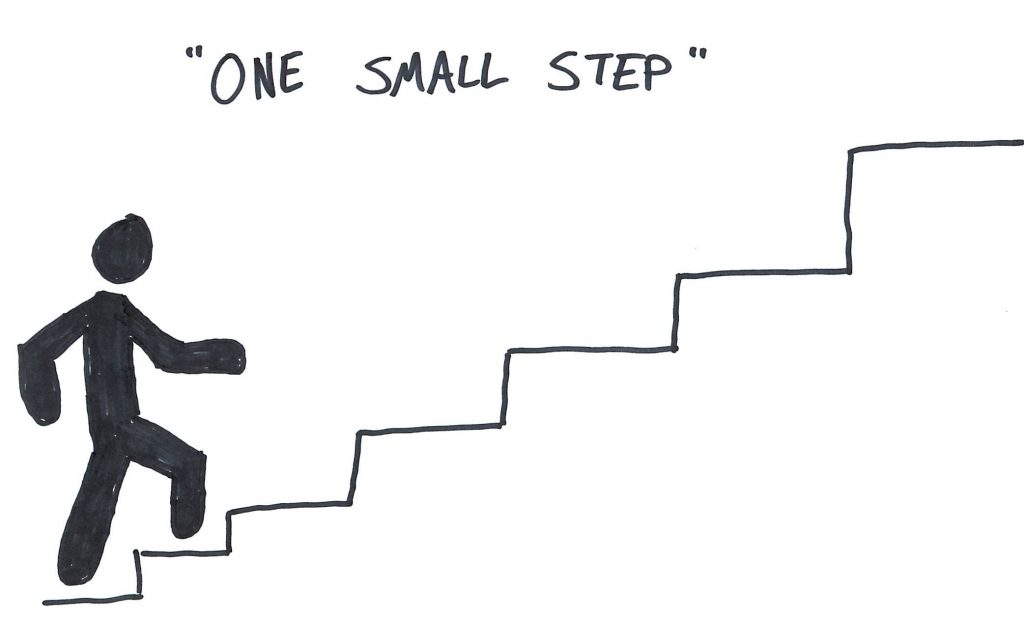
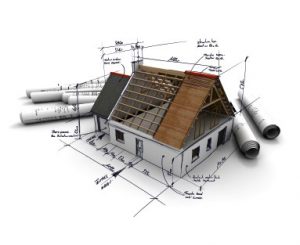 However, after a while, we got restless. We wanted to own a home. After all, that is the American Dream, right? So we started looking for homes. We found a brand new community that was being built, and they offered 100% financing. We picked out a home we liked and put down some earnest money, then they started building it. What an exciting time!
However, after a while, we got restless. We wanted to own a home. After all, that is the American Dream, right? So we started looking for homes. We found a brand new community that was being built, and they offered 100% financing. We picked out a home we liked and put down some earnest money, then they started building it. What an exciting time!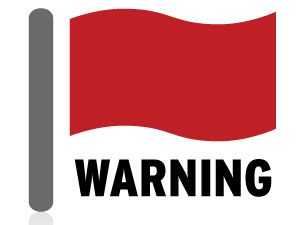 Another red flag was that we had no money for a down payment or closing costs. Of course, to the seller, that was no problem. They could just roll it all in to the loan.
Another red flag was that we had no money for a down payment or closing costs. Of course, to the seller, that was no problem. They could just roll it all in to the loan.